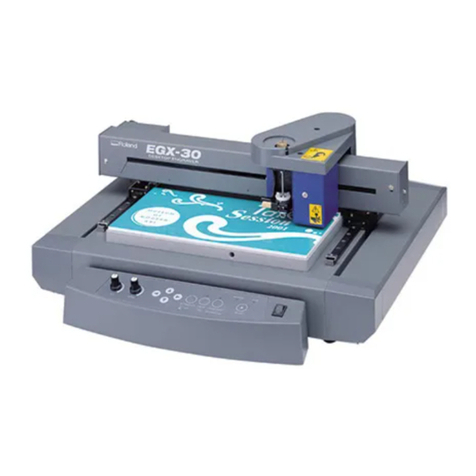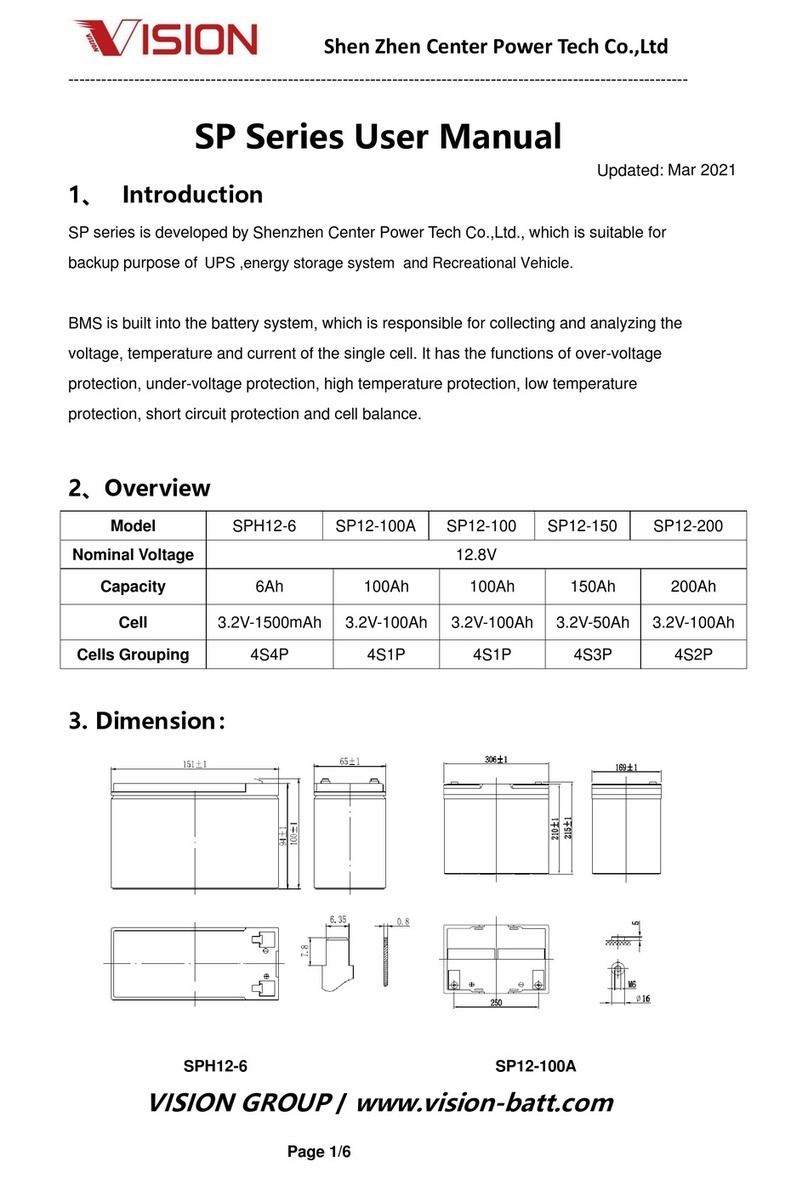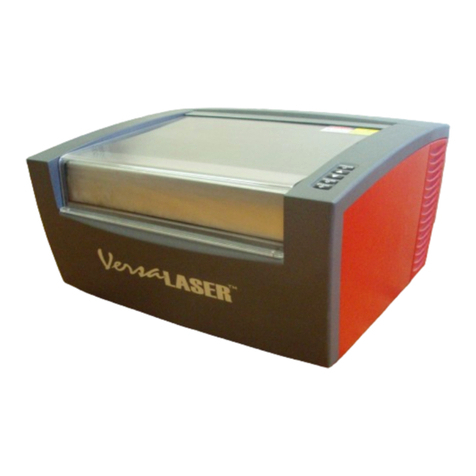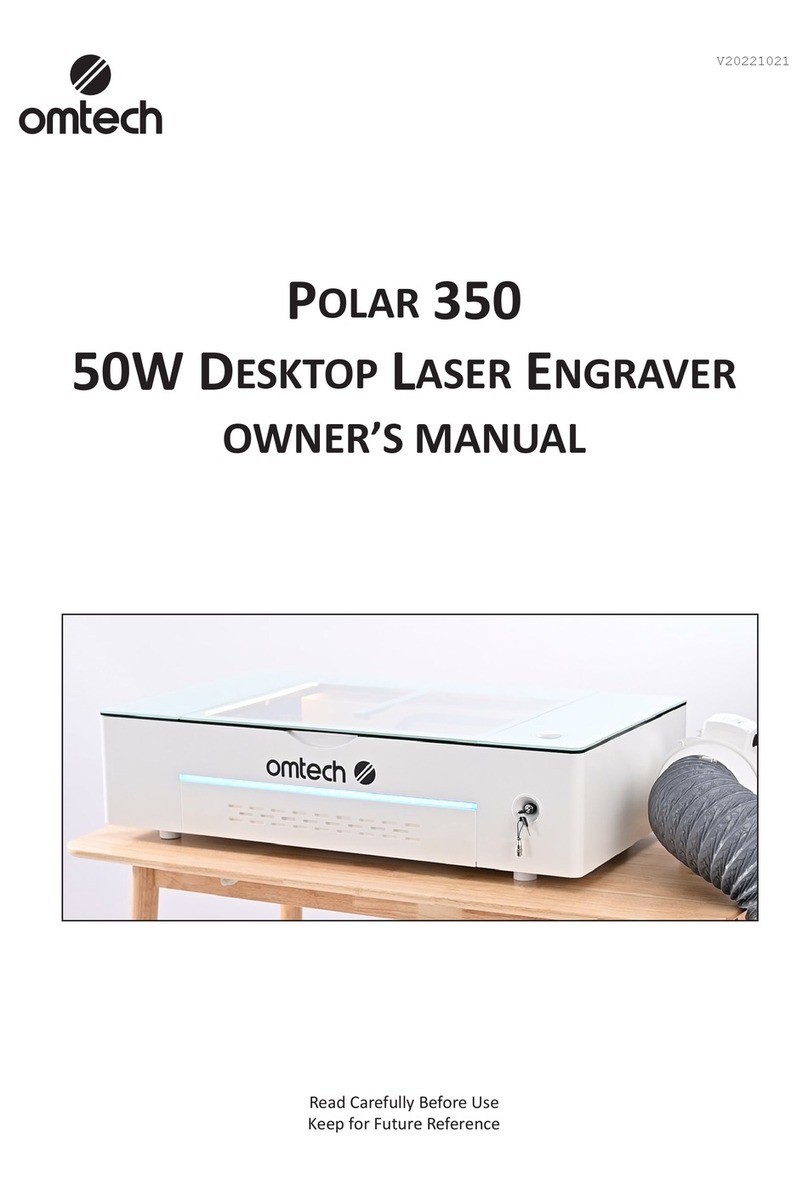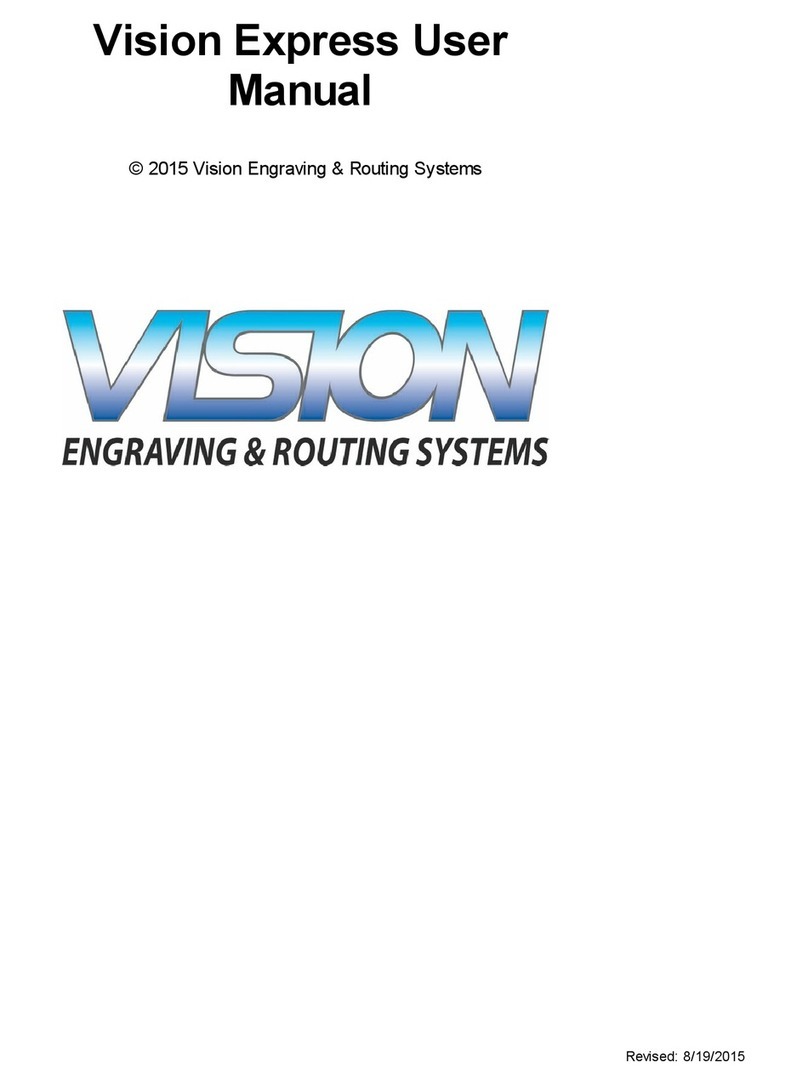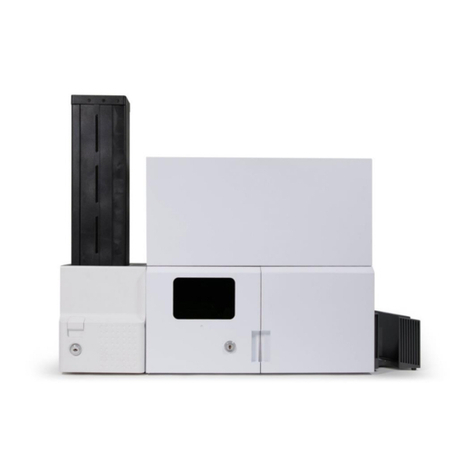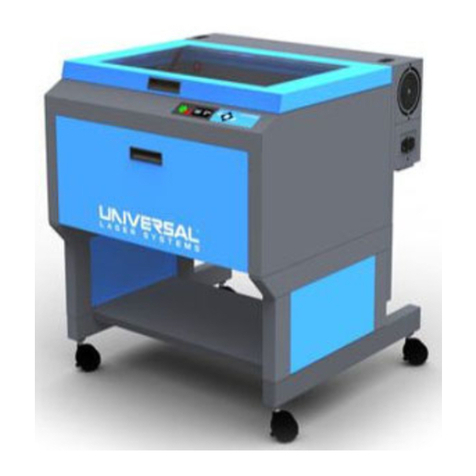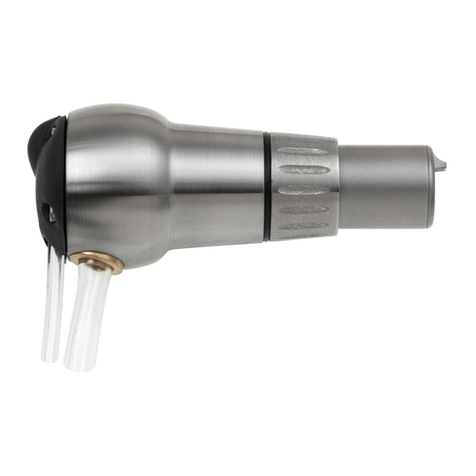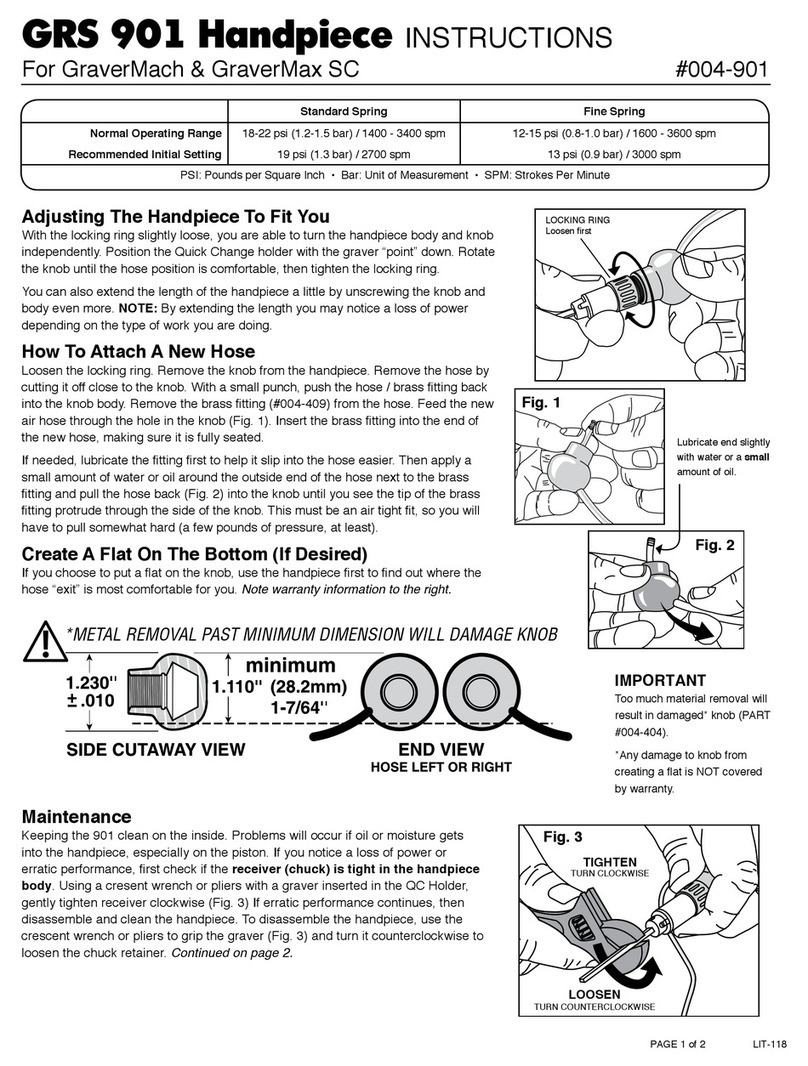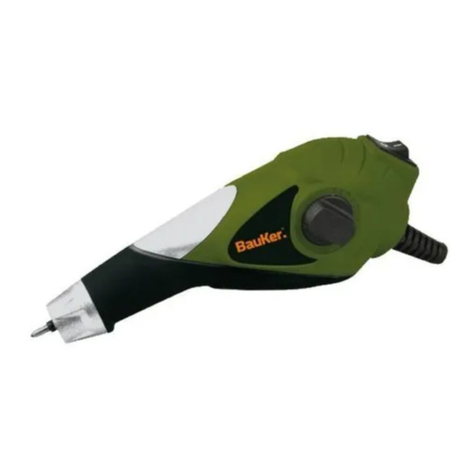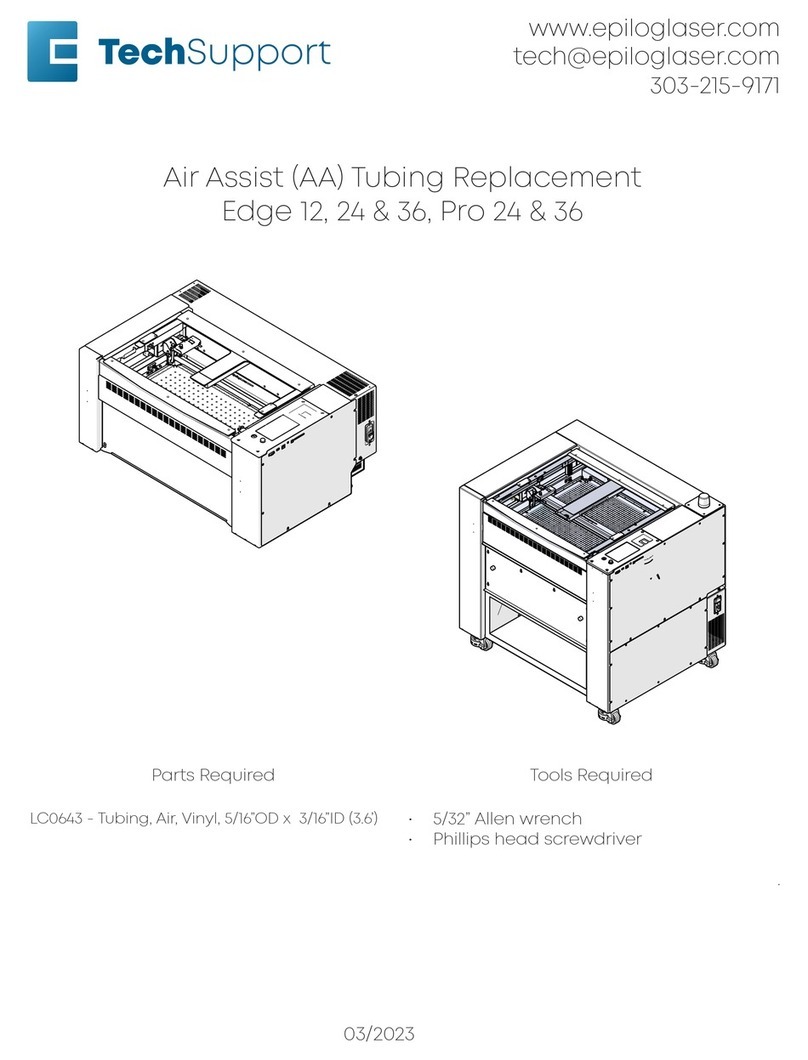
Glendo Corporation
900 Overlander Road
P.O. Box 1153
Emporia, KS 66801 USA
1-800-835-3519
Fax: 620-343-9640
Tel: 620-343-1084
www.grstools.com
LIT# 132
BUR CHECK LIST
• USEONLY.062”dia.(1.6mm)
shank burs.
• DoNOTusebrokenordamagedburs.
You may damage the handpiece or
yourself.
• Before use make sure the bur is properly
seated in the chuck. Press the bur
into the chuck until you feel a slight
“pop.” The bur is then seated. (See
INSERTING BUR fig. 4 - 5)
• Toremoveburturnreleaseringuntil
you feel the bur push outward. (See
REMOVING BUR fig. 6)
• WEARSAFETYEYEGLASSES
LONG-TERM WEAR SYMPTOMS
• BURDOESNOTSEATPROPERLY
If bur is loose after proper seating
procedure is followed, you probably
need a new chuck (collet) #022-365
You may try other brands of burs.
Manufacturing tolerances vary on
shank diameters with budget brands
of burs. Use only quality dental burs.
• ROTARYPOWERISERRATICOR
STOPSCOMPLETELYWHENLIGHT
PRESSURE IS APPLIED
Assuming the air line is clear of
moisture / oil and the turbine is
not clogged, you may need a new
handpiece cartridge, #022-174.
USAGE HINTS
Our customers who use the NSK air tool
get a very long service life out of them. We
have discovered over the 10 or so years
that we have supplied this product to the
engraving industry, if you do not exceed
32-35psi, and use a light touch to allow
the sharp burr to remove the material
(do not force it into the material) they go
for years on a single cartridge. Several
issues have been discovered when using
this handpiece in engraving and jewelry
that go beyond its original design that was
intended for the dental industry.
1. Do not force the bur to cut, use
light wiping motions when removing
background material or cutting a
pattern during layout of a design.
2. Always use a sharp bur, when it
becomes dull, do not push it harder
to make it cut, replace it. This is
especially true when working in steel
or other alloys and hard woods.
3. Do not allow the handpiece to fall onto
a hard surface such as a floor or table
top. This pushes the front and rear
bearings out of position and will cause
very rapid failure.
4. Always gently press the handpiece
against a piece of plastic or hard wood
when seating a burr in the collet. Just
like dropping the handpiece on a hard
surface, these are precision instruments
and must be handled as such.
5. NSK recommends the user remove and
clean the collet every 40 hours of use
with alcohol and a q-tip.
NSK warranties it’s air handpieces for 90
days. This does not include failures due to
misuse or miss-application.


